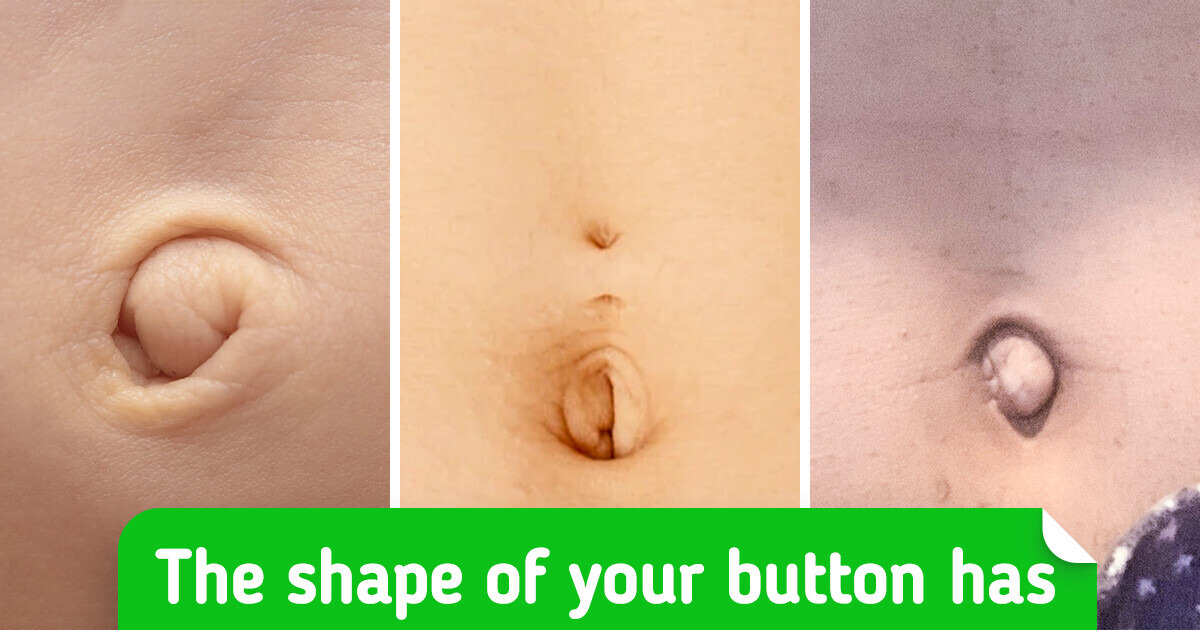11 Pics That Show How Hard It Is to Keep Up With Modern Beauty Standards


Earth is a treasure trove of wonders, both grand and petite, waiting to captivate the curious observer. From towering mountain ranges that touch the sky to microscopic organisms that dance unseen, our planet is a canvas painted with myriad marvels.
Scientists think that way back then, the first life on Earth could have been purple instead of green like it is now.
The tiny living things from the past might have used a different molecule instead of chlorophyll to catch the Sun’s rays. This special molecule would have made them look violet.
Plants today use chlorophyll to take in sunlight. It grabs the blue and red parts of the Sun’s light and throws back the green part, which is why plants look green. This seems a bit puzzling to some scientists because most of the Sun’s energy comes in the green part of what we can see.
Back in 1826, a guy named Nicéphore Niépce did something cool — he figured out how to make a picture stay put after taking it with a camera. But here’s the catch — it took at least eight hours, or even days, for the picture to show up. And when it finally did, it looked pretty rough.
Then, Niépce’s buddy Louis Daguerre improved things. He came up with the daguerreotype process, the first-ever photo method that people could use for real. With this new method, you only had to wait a few minutes for the picture, and it turned out looking sharp and detailed. Everyone got to know about it in 1839, and that’s when people generally say practical photography was born.
Our bodies have this cool thing going on — levels of light that go up and down throughout the day. Some researchers in Japan wanted to know more about this subtle visible light our bodies give off. They used super-sensitive cameras that could spot even single, tiny particles of light. They asked five healthy guys in their 20s to hang out shirtless in a pitch-dark room every three hours for 20 minutes.
Guess what? The researchers discovered that our bodies shine a bit, and this glow changes as the day rolls on. It’s at its lowest around 10 AM and peaks at 4 PM, then slowly fades. This glow is linked to our internal body clock, probably because of how our energy levels change during the day.
Oh, and here’s a fun fact — faces light up more than the rest of the body. Maybe it’s because our faces get more sunlight and end up more tanned than the rest!
So, about those stickers on your fruits and veggies — the Food and Drug Administration (FDA) checks them out before they hit the shelves. They want to make sure that anything from those stickers won’t harm you when they touch your food.
Now, they know you’re not supposed to chow down on those stickers, so their review doesn’t consider what happens if you accidentally munch on one. But don’t worry too much — these stickers are made of safe stuff. Even if you accidentally eat one once in a while, it’s not likely to be a big health deal. Just a little oops!
You might have heard that your nose and ears keep growing. As you get older, you might see your nose seeming bigger or your earlobes longer. So, are they really still growing?
Well, the truth is, your nose and ears do change as you age, but it’s not like they’re growing bigger. What you’re noticing is actually due to changes in your skin and the pull of gravity. Other parts of your body change too, but your ears and nose are just a bit more obvious.
Scientists have figured out something pretty cool! They found out that our nerves are like superheroes that team up with stem cells and the nervous system. Usually, they kick in at a low temperature to keep our body functions in check. It’s like they’re always ready for a regeneration party.
Now, when we brave the cold for a while, these nerves go into superhero mode at an even higher level, sending out more signals. It’s like our body’s way of saying to rev up the system.
Here’s a cool tidbit: some folks get goosebumps from listening to music! In 2010, a study from the University of North Carolina at Greensboro found that people who are super into different music styles are more likely to get those shivers and goosebumps while jamming out.
Did you know that Earth’s magnetic field is like our unsung hero in everyday life? It’s got our backs, shielding us from solar storms with pesky charged particles that could mess up our cool gadgets. Even our phones rely on the magnetic field for navigation.
And get this: Earth’s magnetic field is like a superhero cape for our atmosphere. We suspect that Mars lost its atmosphere ages ago when its magnetic field took a nap about 3.7 billion years back. So, here’s to Earth’s magnetic field, quietly doing its thing and keeping life groovy!
Fun fact: dogs aren’t rocking black-and-white vision like we thought. But get this, their eyesight isn’t top-notch — they’re a bit nearsighted. If something’s not up close, it’s a bit of a blur for them. Still, they’ve got this awesome peripheral vision that makes up for it! Dogs, and some color-blind people, are missing red-green cones.
Now, onto our feline friends! Cats, just like dogs and a bunch of other critters, have this cool thing called a tapetum lucidum behind their eyes. It helps them see in the dark, but it does make their overall vision a bit fuzzy. Cats have this wide view of about 200°, more than us humans at 180°, but their binocular vision (where the eyes overlap in what they see) is a tad narrower. Cats and dogs, always surprising us with their unique ways of seeing the world!
Whether your belly button caves in or sticks out doesn’t depend on how your doctor handled your umbilical cord. It’s all about the space between your skin and the abdominal wall, which decides the amount of skin and scar tissue left behind. Dr. Dan Polk, a neonatologist at Children’s Memorial Hospital in Chicago, explains that you can’t control whether babies end up with an innie or outie. It’s about how much skin connects from the baby’s body to the umbilical cord.
Sometimes, an outie is due to an umbilical hernia, where a bit of the intestine pokes through the abdominal wall’s umbilical opening. It usually sorts itself out by age 2, but if it persists, a bit of surgery might be in order.
Apparently, you could have a black hole of any size, even if it’s super tiny. Imagine this: if you squished all the Earth’s mass into a marble, voilà, you’d have a black hole. A black hole as massive as our entire Earth!
Let’s talk about something super intriguing—micro black holes. They’re also known as mini black holes or quantum mechanical black holes. These are teeny-tiny black holes, way smaller than your regular stellar-mass ones (less than 1 solar mass), where quantum effects come into play.
Earth’s wonders are a tapestry woven with both the colossal and the subtle, reminding us that beauty and awe exist in every corner of our extraordinary home.











